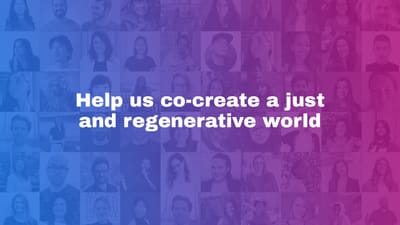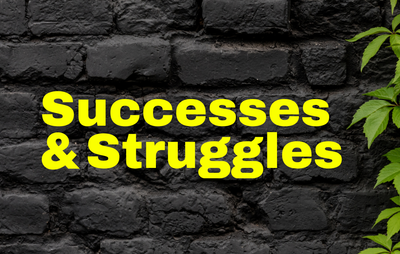The following post is from the May edition of the Climate Designers newsletter. It was co-authored by me and Natalie Walsh, co-founder of Climate Designers. Be sure to subscribe to the Climate Designers newsletter to stay updated on the org.
This month we’re trying something a little different with a themed newsletter. Given recent natural disasters in the US and around the world, the topic of climate resiliency has been on our minds.
Climate resilience allows us to prepare, plan, absorb, recover, and more successfully adapt to disruptions due to human-caused climate breakdown.
The impacts will show up differently in every neighborhood, which means each of us needs to understand specific risks and prepare for them now.
Our design skills are at the center of this work. Whether we're creating resilient buildings that can weather the storm, designing adaptive tools that help communities thrive, or translating complex climate data into information people can actually use, our creativity and design decisions matter. Building a climate-ready future isn't someone else's job, it's all of ours. And it demands every one of us bring our boldest ideas to the table today.
We can already look to some of the well known projects out there for inspiration. From living buildings to floating cities in the architectural world, and infrastructure projects like living breakwaters to the many wildlife crossings being built across the world, it’s heartening to see large scale projects like this ramping up. But unless one is already working in the civic design space it’s hard to know how to get involved.
What can we do on our own? Arif Khan decided to depave his yard, and that turned into a local movement to reduce runoff and urban heat. SFinBloom plants wildflowers to support biodiversity. With the support of local government, Lauren Bon bent the LA river in order to remediate both land and water in a first of its kind partnership with the city. Even apps like Watch Duty, which became the go-to app for wildfire alerts following the Los Angeles fires earlier this year, was started by one person who saw the need for it. Once a singular effort becomes a community effort, so much is possible. What else can we imagine for our cities, our block, our daily lives?
Or perhaps it’s less about what we do, and it’s how we show up. The most important part of preparing for what’s ahead may be more personal.
How do we embrace a growth mindset to see climate challenges not as threats that paralyze us, but as problems we can learn from and actively solve together?
How do we become comfortable with ambiguity as we step into an uncertain world?
Accepting change is likely the biggest challenge of all.
– Marc O’Brien and Natalie Walsh
Receive the latest posts in your inbox




